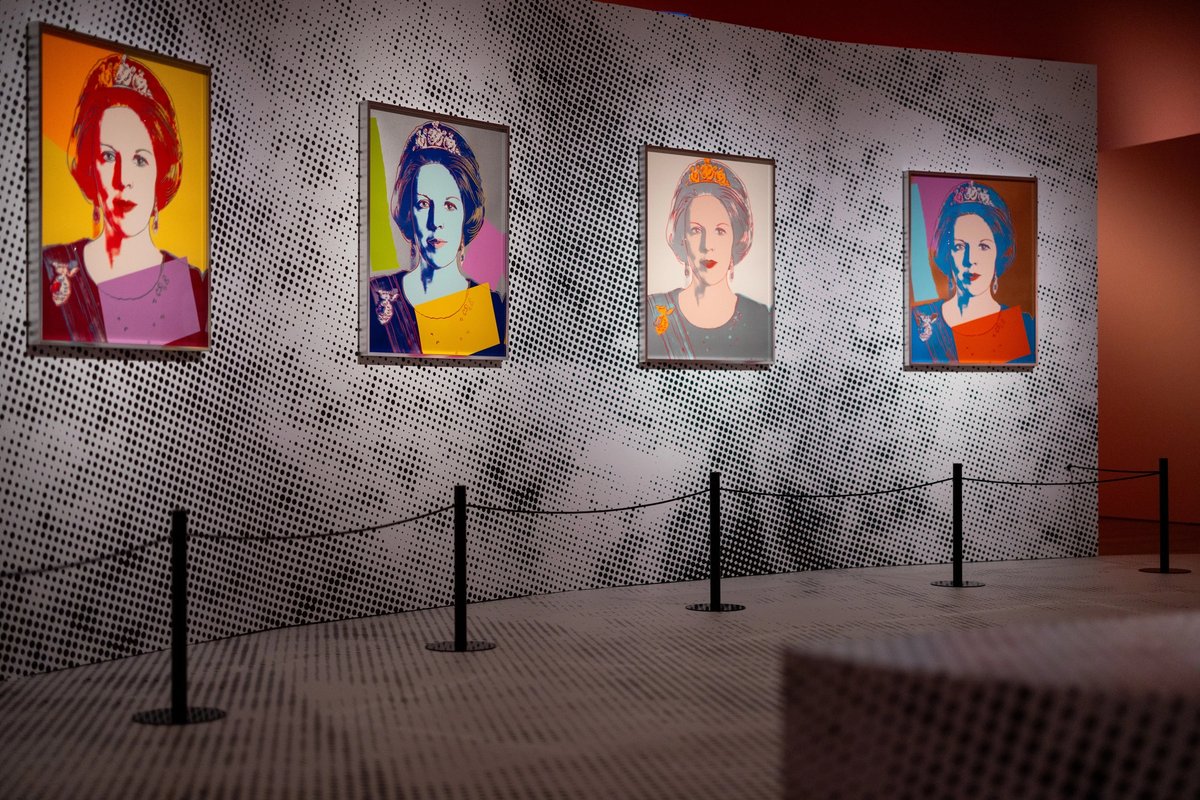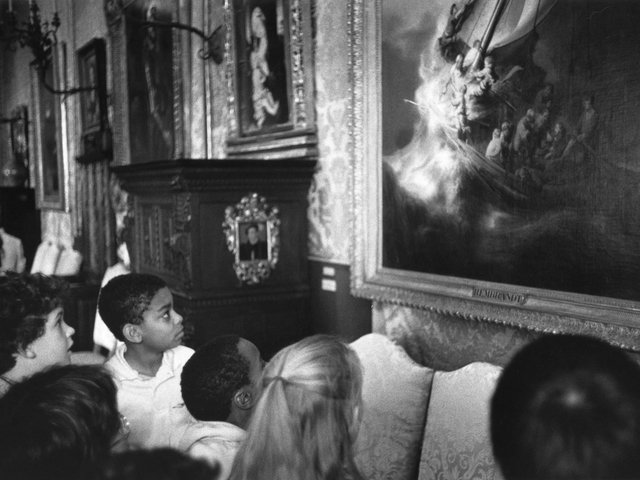Two screenprints from Andy Warhol’s 1985 pop art series Reigning Queens have been stolen from a gallery in the Netherlands—and another two damaged—in a botched robbery.
At 3.05am local time in the early hours of Friday morning, residents of a small, cobbled street in the village of Oiserwijk heard a huge explosion, followed by the sound of an alarm coming from MPV Gallery. Criminals who had bombed the front of the building grabbed the four signed and numbered screenprints, which were due to be sold at the PAN Amsterdam art fair in three weeks.
Experts believe it was a far from professional heist: two of the vulnerable prints were damaged and abandoned. The other two, apparently too large to fit in the getaway car, were cut out of their frames and probably irreparably damaged.
“It is appalling,” says Mark Peet Visser, who was storing the portraits—which depict the queens of the United Kingdom, the Netherlands, Denmark and Swaziland (now Eswatini)—in his North Brabant gallery. “It is also unprofessional for a criminal to work like this, with explosives that are far too heavy and a getaway car that is too small for the works.”
He tells The Art Newspaper that very few people knew the works were hidden at the gallery—not in private storage—when the thieves broke in. The damaged works are currently being analysed.
“The [stolen] works cannot be sold any more,” he says. “They are all documented, numbered and can no longer be traded. It’s really not financially interesting to steal art and you can hardly hang them in your living room.”
Arthur Brand, an art detective who last year recovered a stolen Vincent van Gogh painting—the work handed over in an Ikea bag—says the Warhol theft was unlikely to have been a commission. “I think it was some criminals who are not really specialised in art theft, saw an opportunity and thought: let’s first steal them and afterwards see what we can do… and everything went wrong,” he says.
“Some of the pieces were [apparently] already destroyed or damaged by the bomb, then these idiots realised that the car was not big enough so left two of them outside and the other two they removed from their frames on the street. People who have seen the security footage are sure those pieces are also damaged—and with screenprints, if they are damaged or there’s a piece missing, they are worthless.”
Mark Grol, director of PAN Amsterdam, says the prints would have been “one of the highlights” of the art fair at the end of November. Another “diamond-dusted” set of the series—which is so vulnerable that it can only be shown once every 30 years—is currently on display in an exhibition at Paleis Het Loo, Apeldoorn.
Hanna Klarenbeek, the curator of the Paleis Het Loo exhibition, says that these vulnerable prints on paper are especially famous in the Netherlands and the UK, where many people associate images of their former queen with Warhol’s portrait. “We store them face up, lying down, in our storage facilities and we are careful in showing them,” she says. “With this heist, where they left them on the pavement and tore them out of their frames, I assume they are very damaged because I know how vulnerable ours are. You can’t really restore these cracks in the paper. So we are extra alert.”




